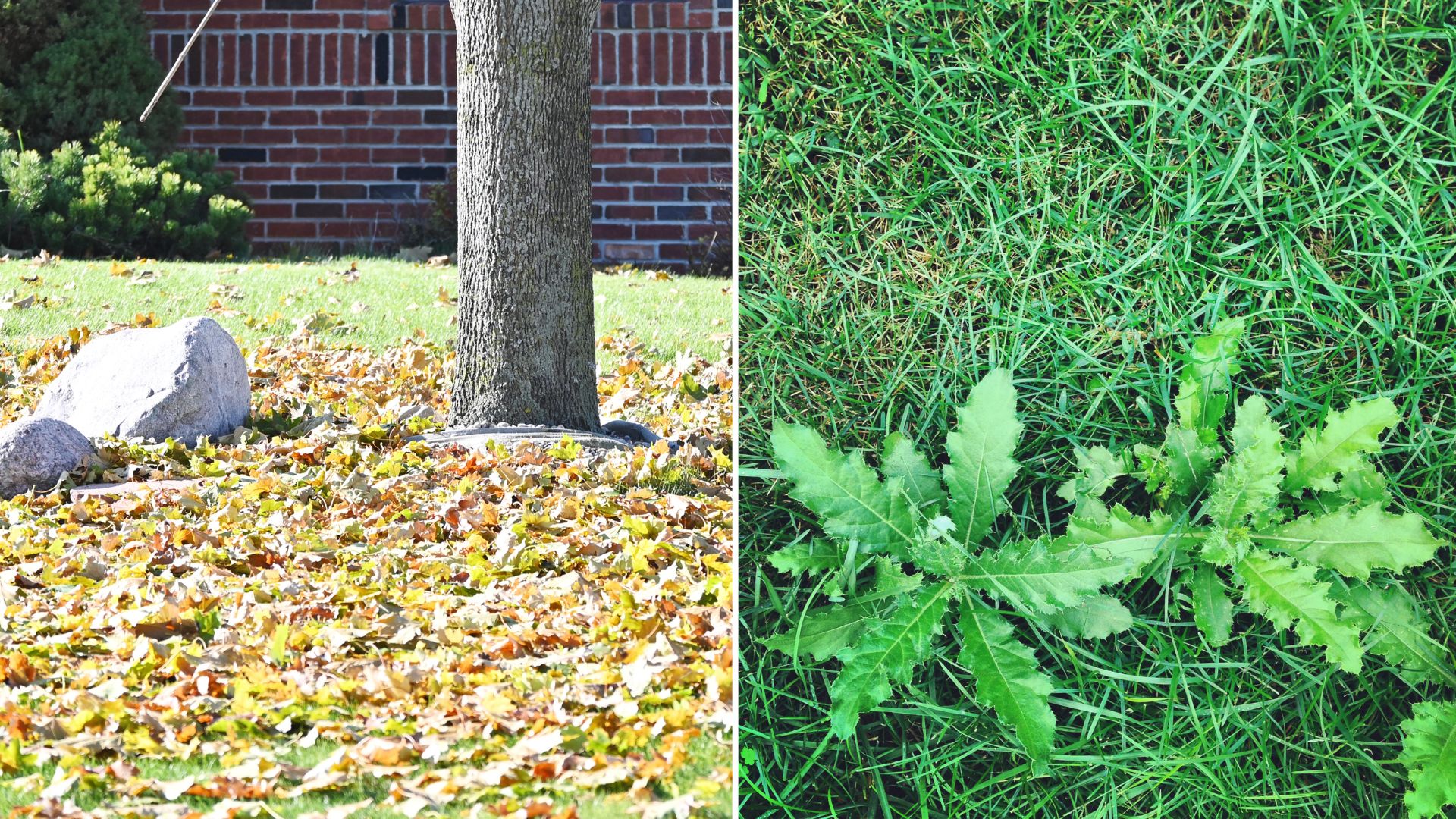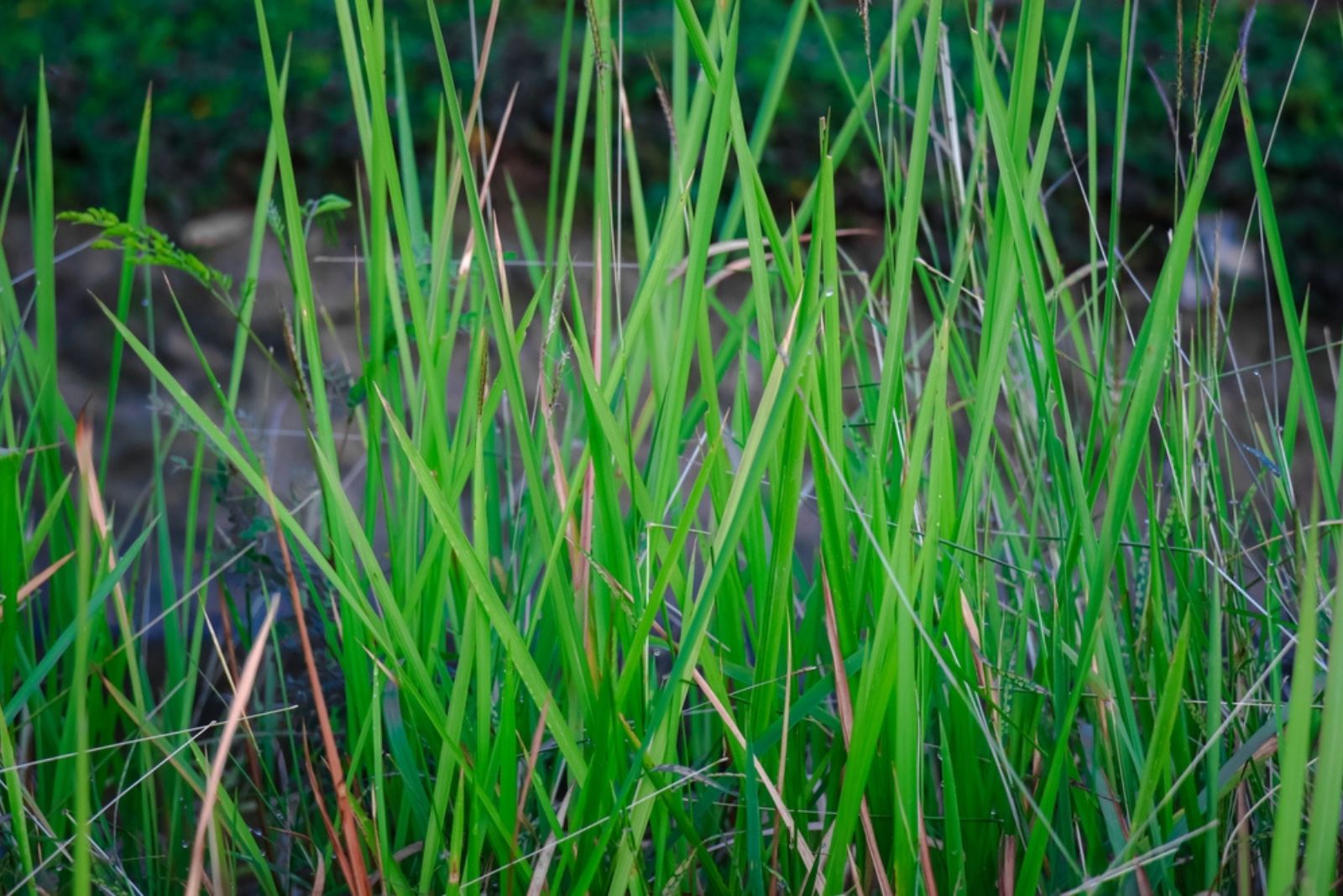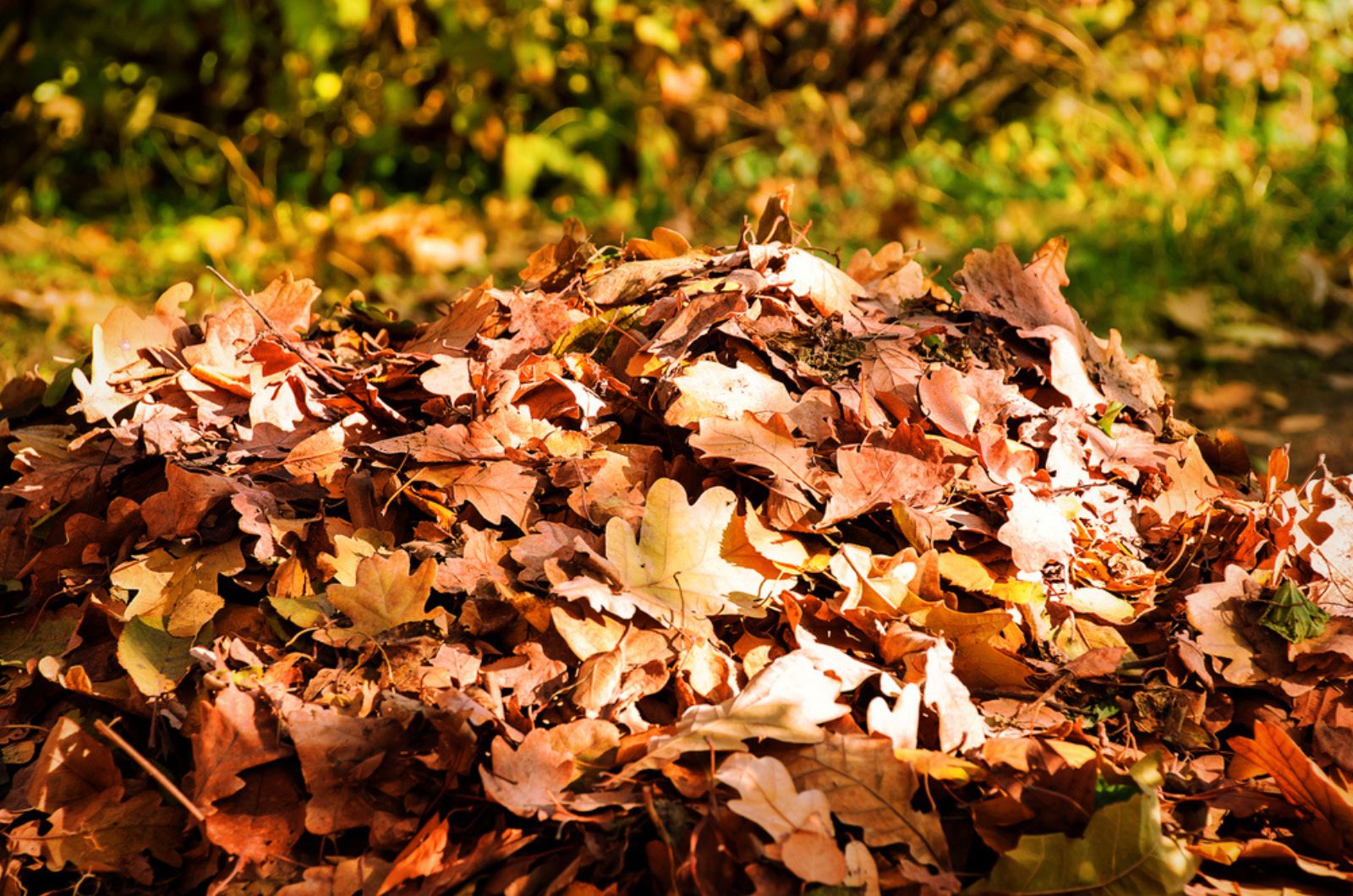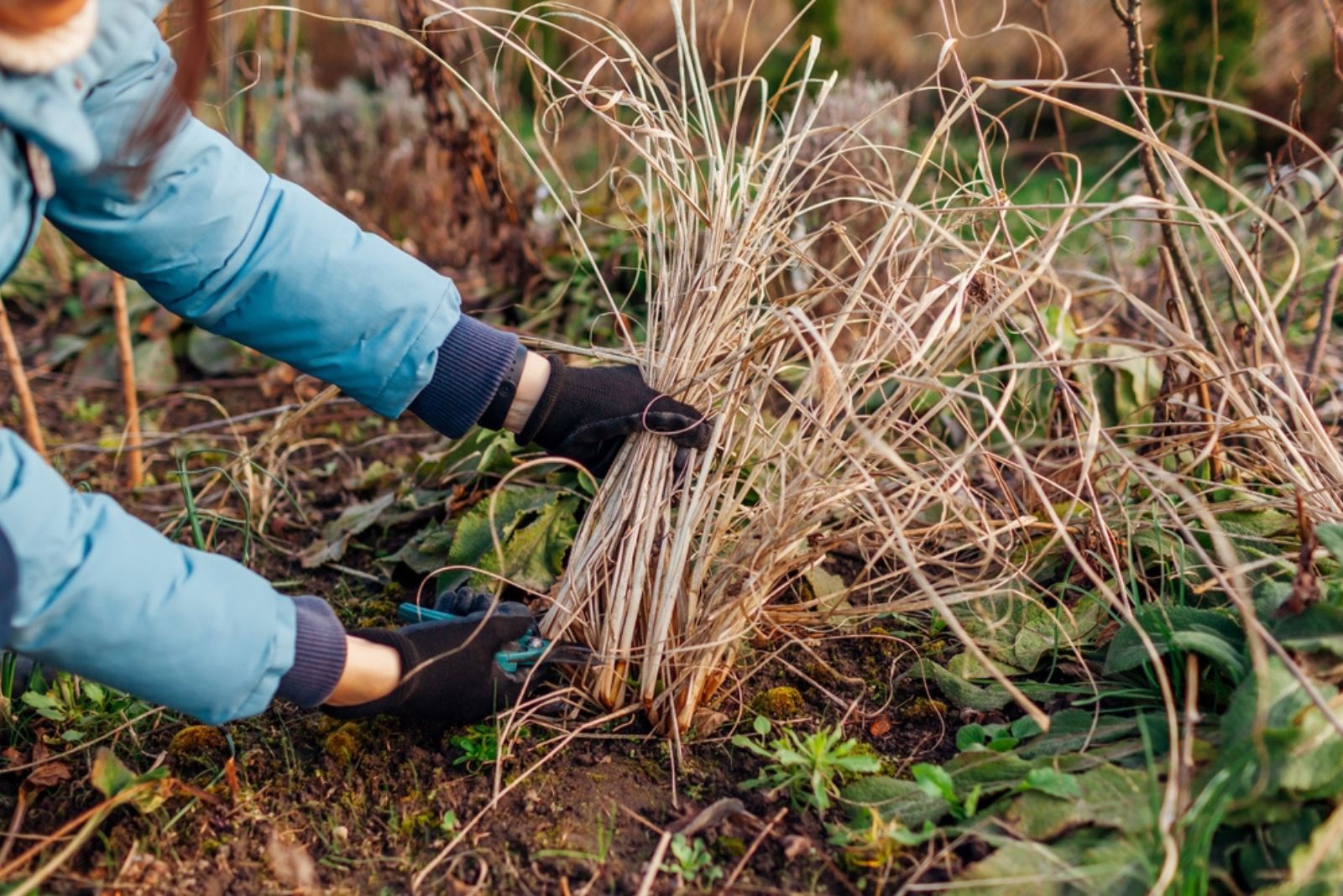All is not yet lost and there is still some time to improve and prepare your garden for the next season. However, while there’s always room for improvement, fall gardening is tricky and you can make some mistakes without even realizing!
Leaving full-sized leaves behind, letting weeds grow, and not dividing plants properly are just a few of the common gardening mistakes that most gardeners make.
So, stick around to learn about some other fall gardening mistakes and what you should do instead!
1. Not Cleaning Up Plant Debris
Removing dead plant material helps prevent disease and pests from overwintering in your garden. Make sure to get rid of every single bit because these pests might ruin next season’s crops.
Cleaning up plant debris also keeps your garden looking tidy!
You might be interested in: Why It Is Important To Sanitize Garden Plant Containers
2. Letting Cool-season Weeds Grow
In case you didn’t know, weeds can thrive in the cooler fall weather. While it is true that they won’t be able to survive cold winter weather, their seeds can still find a way to protect themselves and germinate once the temperatures are warmer.
So, in order to prevent them from taking over your garden, don’t let cool-season weeds grow!
Here’s how to keep weeds out of flower beds.
3. Not Protecting Your Trees
Bucks mark their territory during the breeding season by rubbing their antlers on the trunks of young trees from fall until late January. They do this first to remove the velvet that has been developing there all summer, then to shed their antlers.
A tree might easily get girded by all that rubbing, depriving it of the layers that transport food from the roots to the leaves. They can even completely destroy a young tree in only one night!
So, in order to prevent deer from getting their antlers close enough for a decent rub, we would recommend you pound three or four posts into the ground close to the tree, spaced no more than 18 inches apart.
If you want to prevent hungry rabbits from gnawing away at the bark of your young tree, you can either add chicken wire or wrap the trunk with plastic tubing, just make sure it is tall enough to keep them away
Don’t forget that young trees need protection from harsh winter conditions. Consider wrapping them in burlap or using tree guards to prevent damage.
4. Leaving Fall Leaves Behind
Leaving fall leaves on garden beds and around trees can help with moisture retention and nutrient availability. However, leaving them on your turfgrass might not be a good idea.
While leaves can be beneficial as mulch, thick layers can smother your lawn and other plants. This would only result in bare patches on your lawn that weeds will be happy to fill!
So, instead of just leaving them behind, I would suggest you rake and compost excessive leaves to keep your garden healthy.
5. Pruning
After a long season of growing, your plants might look like they should be trimmed down – however, fall is the worst time to do so!
Some woody plants like viburnums, lilacs, and hydrangeas have already produced buds for the next year. So, if you prune them, you will end up with no flowers at all!
After you prune some plants, like roses and fruit trees, they will soon produce new growth. Once there is snowfall or frost, these will just get cold damage.
It’s best to always research the specific needs of your plants before making any cuts!
Also read: Avoid These 7 Terrible Mistakes When Pruning Trees And Shrubs
6. Cleaning Out The Perennial Bed
It’s essential to clean out dead plant material from your perennial beds, but don’t remove everything. Leave some plants for winter interest and to provide shelter for beneficial insects.
For instance, leaving stems, grasses, and leaves can create a coat of protection to help plants survive harsh winter conditions, but also provide a resting place for cavity-nesting bees.
Additionally, their seed heads can provide food for birds that are overwintering or just passing through.
7. Not Dividing Your Perennials Properly
Overcrowded perennials can lead to poor growth and disease. Plants like daylilies or coneflowers can form clumps as they grow, which often leads to overcrowding.
What you need to do is separate their roots and replant the crown once the summer heat has passed. This will allow the new plants to establish themselves before the cold winter weather.
It’s best to divide your plants six weeks before the frost and add a thick layer of mulch that will protect their delicate roots during winter.
Please keep in mind that you shouldn’t be too hard on yourself – most gardeners make mistakes and you can just try again next season!








